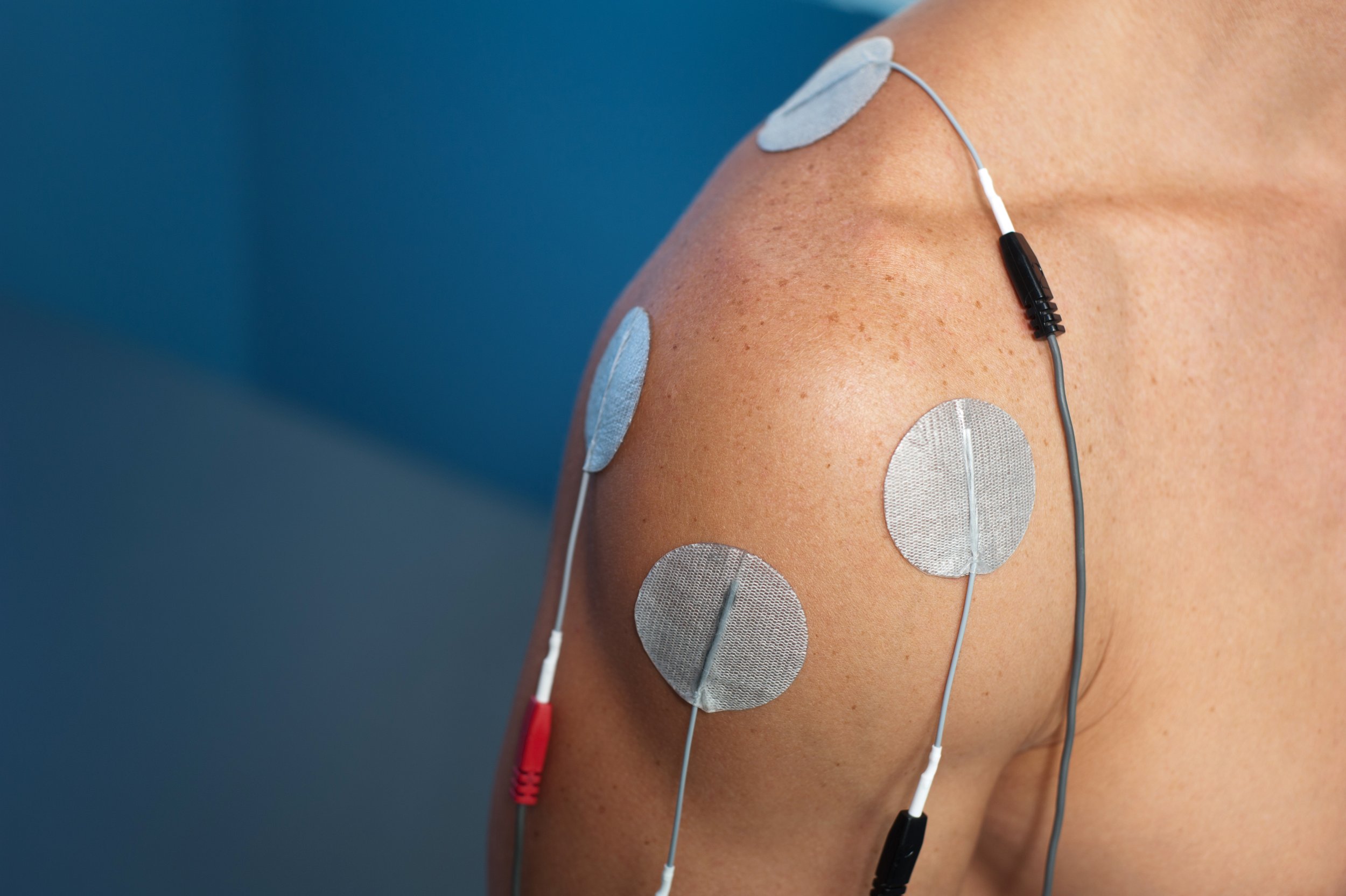Managing chronic pain has always been a challenge for individuals and healthcare professionals alike. The discomfort and limitations that chronic pain brings can significantly affect daily life. Advances in pain relief technology are offering new avenues to approach this issue. Traction devices, TENS (transcutaneous electrical nerve stimulation) machines, and platelet-rich plasma (PRP) therapy are examples of technologies that aim to improve the management of pain.
Traction Devices
Traction devices are mechanical tools designed to address pain by stretching and decompressing specific areas of the body. These devices are commonly used for issues such as back pain and neck tension, particularly in conditions that involve compressed nerves or stiff spinal structures. Traction devices work by gently pulling targeted areas of the body to alleviate discomfort. Cervical traction devices focus on stretching the neck to relieve pressure on the spine, while lumbar traction devices address lower back pain through controlled stretching. Traction therapy is often applied in scenarios involving pinched nerves, spinal stenosis, or general stiffness in the back or neck. The ease of using at-home traction devices has made this technology more accessible for individuals living with chronic pain.
TENS Machines
TENS machines provide another innovative approach to managing pain. By delivering mild electrical currents to specific areas of the body, these devices aim to interfere with pain signals sent to the brain. They are particularly popular in addressing muscle pain, joint discomfort, and injuries due to repetitive strain. Chronic pain sufferers may find TENS machines useful for managing everyday symptoms because they are small, portable, and easy to use.
How They Work
TENS machines use electrodes placed on the skin to emit low-voltage electrical currents. These currents stimulate the nerves at the application site to decrease pain perception by disrupting signal pathways to the brain. Some machines also stimulate the production of natural pain-relieving chemicals, such as endorphins. The ability to target a localized area makes TENS machines a practical option for individuals who seek to manage pain without reliance on medication.
PRP Therapy
Platelet-rich plasma (PRP) therapy is a more recent advancement in pain relief that focuses on leveraging the body’s natural healing abilities. This approach has increasingly gained attention as it steps beyond merely masking symptoms. PRP therapy is frequently performed in clinics under the guidance of medical professionals.
It has been applied in cases involving joint pain, tendon injuries, and even osteoarthritis. The potential to stimulate tissue repair is an aspect of the therapy that holds significant promise for addressing the root causes of discomfort. Traditional forms of pain management often aim to alleviate symptoms. PRP therapy seeks to promote healing by enhancing the body’s regenerative processes.
The Technology Behind PRP Therapy
PRP therapy involves extracting a small sample of the patient’s blood, which is then processed in a machine to concentrate the platelets. These platelets are rich in growth factors that assist the body in repairing damaged tissue and reducing inflammation. Once processed, the concentrated platelet sample is injected into the targeted area.
Meeting with a Pain Relief Specialist
Professionals in the field can assess individual needs and the most suitable options based on current advancements in pain relief. By consulting with a specialist, individuals can make educated decisions that align with their specific circumstances and preferences. Pain relief technologies, ranging from mechanical devices to advanced approaches, represent meaningful strides in chronic pain management. These innovations continue to reshape how people manage symptoms and maintain quality of life.
- FREHF – The Revolutionary Future Of Human-Centered Technology!
- Adsy.Pw/Hb3 – Boost Your SEO And Drive More Traffic!
- Fitness Based Vacations By Timeshealthmage.com!
- TimesHealthMag Tips For Improving Sleep Quality – Expert Advice For Better Rest!
- How TimesHealthMage Helps Improve Your Lifestyle Habits!


Leave a Reply